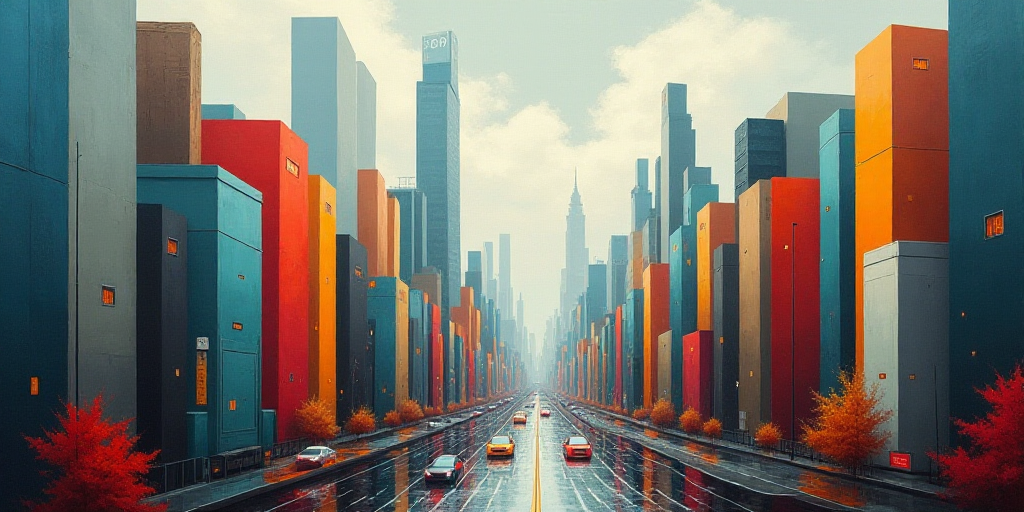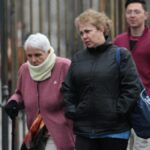Security as a Key Factor in Mexican Housing Market
Security has become one of the most influential factors for those seeking to buy a home in Mexico. According to data from the National Urban Public Security Survey (ENSU), only one in three Mexicans feels safe in the city where they live.
Notable Exceptions: Safe Cities with Thriving Real Estate
However, there are notable exceptions that stand out for their perception of security and dynamism in the real estate market. In the first months of the year, the five areas of the country with the highest percentage of population with a perception of security were:
- San Pedro Garza García, Nuevo León: 83.4%
- Alcaldía Benito Juárez, Ciudad de México: 74.2%
- Piedras Negras, Coahuila: 72.7%
- Saltillo, Coahuila: 72.8%
- Los Cabos, Baja California: 71.9%
This perception has directly influenced the housing environment, where high-value developments dominate the housing options in the safest areas of the country.
For example, in San Pedro Garza García, 98% of the properties for sale are located in the residential and residential plus segments (with a value of 2.5 to over 5.5 million pesos), according to an analysis by the Propiedades.com platform.
A Structural Problem
Juan David Vargas, General Manager of Propiedades.com, indicated that the results show that security, beyond being a right, has become an added value within the real estate market.
“With greater perception of security, a larger proportion of high-value properties. Although there cannot be spoken of direct causality, the analysis we conduct shows that secure environments tend to have a more expensive real estate market, reflecting how tranquility has become an asset for which many people are willing to pay more,” commented Vargas.
Thus, insecurity has become one of the biggest challenges of urbanization. According to ONU-Habitat, more than 60% of people living in cities of developing countries have been victims of crime at least once in the last five years.
Urban violence, fueled by inequality, social exclusion, and youth unemployment, has created fragmented and conflict-ridden environments. In this context, living in safe cities not only improves life quality but also becomes an economic and social differential.
Tranquility Comes at a Price
This phenomenon is not exclusive to the north of the country. In tourist destinations like Los Cabos or Puerto Vallarta, known for their low crime rates, the inventory is also dominated by high-value properties.
In Los Cabos, more than 70% of the available properties belong to the highest residential segments, positioning the city as one of the most attractive for both nationals and foreigners.
This trend confirms that families and buyers are willing to pay more for living in stable and protected environments. The choice of a home no longer depends only on size, location, or price but also on the security of the environment and the quality of life it offers.
Key Questions and Answers
- Q: How has security impacted the Mexican housing market? A: Security has become a significant factor, with high-value properties dominating the market in areas perceived as safe.
- Q: What does this trend indicate about the importance of security in housing decisions? A: The trend shows that families are willing to pay a premium for living in secure environments, making security an essential aspect of housing choices.
- Q: How does insecurity affect urbanization in Mexico? A: Insecurity poses a significant challenge to urbanization, with over 60% of people in developing countries’ cities experiencing crime at least once in the past five years.
- Q: Are there any notable exceptions where security and thriving real estate coexist? A: San Pedro Garza García, Alcaldía Benito Juárez, Piedras Negras, Saltillo, and Los Cabos are examples of areas with high security perception and a robust real estate market.






